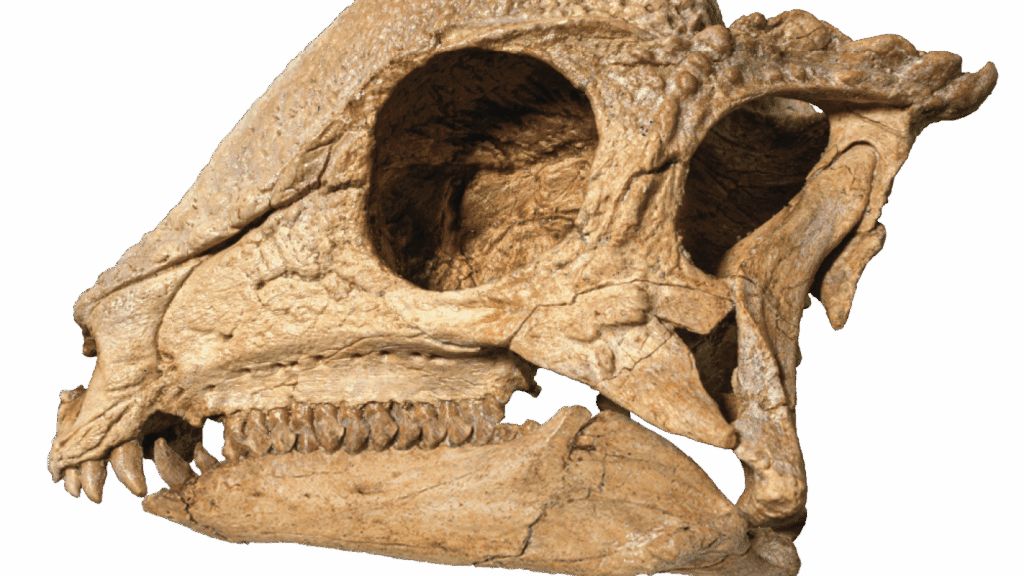Paleontologist Tinzolig Tsogtbaatar recently discovered a new species of pachycephalosaur called Zavasephale Rinpoche in southeastern Mongolia. This find is significant as it’s the first definitive pachycephalosaur from the Early Cretaceous, about 110 million years ago, and it provides crucial insights into the early evolution of these dome-headed dinosaurs. The fossil features a distinct dome-shaped skull and is 15 million years older than the previously oldest known pachycephalosaur.
The discovery occurred during a 2019 expedition, and the specimen was excavated and later transported for analysis in 2022. It is described as the most complete pachycephalosaur skeleton found, comparable in size to a German shepherd but weighing only about 12 pounds due to its long neck and tail. Notably, it offers new insights, including the presence of small stones in its stomach that may have aided digestion and a hand bone, marking the first discovery of such a structure in this group.
The research team found that juvenile Zavasephale Rinpoche already possessed fully developed domes, implying early engagement in head-butting behaviors, possibly related to territory or mate competition. The specimen is now housed at the Institute of Paleontology of the Mongolian Academy of Sciences, where it’s expected to advance understanding of pachycephalosaur lifestyles and behaviors. Paleontologists are eager to study this remarkable fossil, which provides a complete view of the dinosaur’s features.


